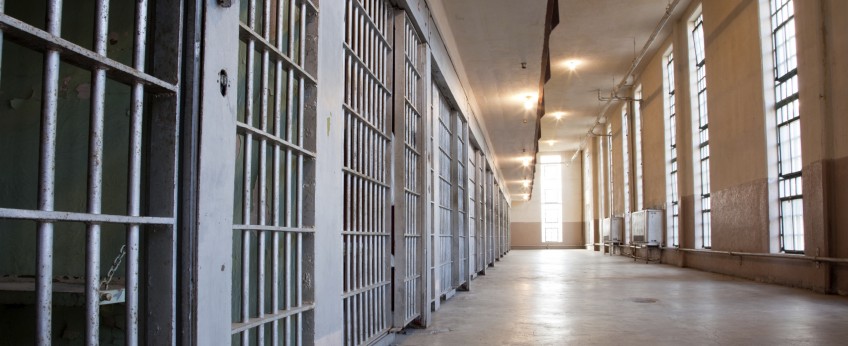Incarceration Rates of Juveniles Fall in South Dakota
South Dakota Governor Dennis Daugaard has published his findings on a series of juvenile justice reform initiatives. He says the Mount Rushmore state has made tremendous progress since the reforms went into place in 2015.
The report finds that juvenile commitments to the Department of Corrections have declined by 43 percent since 2014, and the number of recommitments is down 62 percent.
Pennington County States Attorney Mark Vargo supported a balanced approach that allows a juvenile offender the chance at being rehabilitated.
“I think it can be true, that perhaps we were sending too many kids from the community into secured detention, and then when they came back, we were expecting them to be changed. Put them back at home, back in the same community, and they’ve never gotten the tools to deal with that process. But it’s also true that if you don’t have any kind of consequences for a juvenile, that you run the risk that they’re not going to buy in to the attempt to change. So finding that medium is going to be the challenge of not just declaring victory with the juvenile justice reform, but also continuing to modify them where it makes sense,” he said.
Additionally, Attorney General Marty Jackley said the numbers are encouraging, but offered a caveat regarding dangerous offenders and supports keeping them behind bars. However, he said placing juveniles who are not dangerous in the community rather than in a correctional center can bring better results.
He said that ultimately, juvenile arrest rates will continue to fall if educational opportunities continue to expand. “(Access to education) highlights the importance of various programs across the state designed for awareness and prevention for our youth,” Jackley said.
Jamie Gravett, director of the juvenile detention center in Minnehaha County, has seen a decrease in the number of juveniles being held at his facility. He said the types of youth being held at the detention center are alleged to have committed serious felonies such as manslaughter, robbery and burglary. “I think they are trying their best to use community providers instead of sending them to the department of corrections,” he said. The types of offenses for which juveniles are being held are more serious in nature and merit a secure placement of the offender. However, South Dakota has recognized that juveniles who are not a threat to public safety should be offered alternatives to incarceration.
Ultimately, keeping dangerous offenders behind bars is crucial to keeping a community safe. Violent individuals must be kept from victimizing communities. Those juvenile offenders who are not dangerous, however, are better served by being placed under the supervision of someone in the community, preferably a family member. Such a placement of these types of offenders has been shown to reduce recidivism rates in South Dakota and Texas. Reduced recidivism rates mean safer communities and saved taxpayer dollars. A state promoting fiscally responsible policies that enhance public safety should be commended. Through these reforms, South Dakota has fulfilled two essential duties of government: saving taxpayer dollars and keeping individuals safe.

